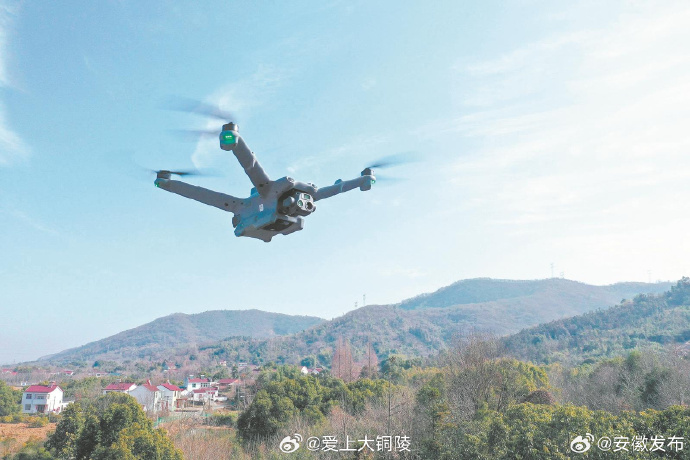Ukraine’s Strategic Deployment of Drones: Rising Pressure in Moscow
The geopolitical landscape between Ukraine and Russia has experienced numerous shifts, with the current chapter being highlighted by Ukraine’s tactical use of drones in Moscow. The deployment of these unmanned aerial vehicles (UAVs) adds a new dimension to the ongoing conflict, presenting both strategic advantages and potential risks.
The Role of Drones in Modern Warfare
Throughout the past few decades, drones have revolutionized military operations. Their capability to conduct surveillance, deliver strikes, and gather intelligence without risking human life has positioned them as indispensable tools in military arsenals worldwide. Ukraine’s integration of drones into their strategy signals a significant escalation in their approach to dealing with Russian aggression.
Moscow’s Reaction to Ukrainian Drones
The use of drones by Ukraine has not gone unnoticed by Moscow. The Russian capital has experienced a heightened state of alert as these UAVs perform various operations that could potentially alter the balance of power. The Kremlin perceives these activities as direct challenges to their military prowess and territorial control, leading to a recalibration of their defense mechanisms.
Strategic Advantages for Ukraine
Employing drones provides Ukraine several tactical benefits. Firstly, cost-effectiveness: drones can be deployed at a fraction of the cost compared to traditional military resources. Secondly, precision: equipped with sophisticated technology, drones can strike with remarkable accuracy, minimizing collateral damage. Lastly, psychological impact: drones have the ability to instill fear and uncertainty within Russian military operations, forcing them to constantly reassess their strategies.
Challenges and Risks Associated with Drone Use
Despite these advantages, Ukraine’s drone strategy is not without its challenges. Technological limitations pose significant hurdles; drones can be susceptible to electronic warfare and intercepts, reducing their effectiveness. Furthermore, the ethical implications of using drones in warfare continue to be a topic of debate, with questions surrounding civilian safety and the extent of acceptable military engagement.
Implications for Russian Defense
For Moscow, the implication of Ukraine’s drone tactics requires substantial adjustments to their defense strategies. Enhanced radar systems, anti-drone technologies, and fortified air defenses are among the measures Russia is likely to adopt to mitigate this threat. These changes not only strain resources but also necessitate a tactical shift in how Russia engages with its neighboring adversary.
Looking Ahead: The Future of UAV Strategies
The continued evolution of drone technology will undoubtedly shape the future of military confrontations between Ukraine and Russia. As both nations enhance their UAV capabilities, the conflict may see a shift from traditional warfare to more technology-driven engagements.
FAQs About Ukraine’s Drone Strategy
Q1: How effective are Ukraine’s drones against Russian defenses?
A1: Ukraine’s drones have proven effective in tactical operations, although they face challenges from Russia’s advanced defense systems designed to intercept and neutralize UAV threats.
Q2: Could Ukraine’s use of drones lead to an escalation in the conflict?
A2: While drones provide strategic advantages, their use could potentially escalate tensions, prompting Russia to respond with more aggressive countermeasures.
While drones provide strategic advantages, their use could potentially escalate tensions, prompting Russia to respond with more aggressive countermeasures.
Q3: What kind of drones is Ukraine using in its operations?
A3: Ukraine employs a mix of commercially available drones and military-grade UAVs, allowing for a versatile approach in both surveillance and targeting missions.